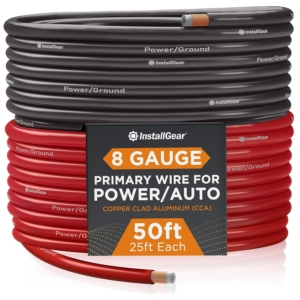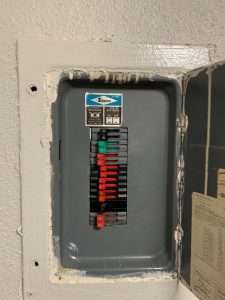What is Reverse Polarity? Can it be Dangerous?
When inspecting homes in the South Florida area we typically come across one or more outlets that have reverse polarity. You may live in one of these homes that have had electrical work done by the previous homeowner or some other amateur. If so there is a good chance that you have some common issues like reverse polarity and ungrounded outlets throughout the building.
This basically means that some of your outlets can shock. Yes! Shock you, it may not be a fatal shock but it will be painful and not something you would want to happen again. When you need electrical work completed, no matter how complicated, your home inspector in the Miami area will recommend that an electrical contractor completes the work.
Before we jump into what reverse polarity is more, let’s start with how are your homes’ outlets supposed to be wired. For a standard outlet, there are two wires. There’s a white wire that is grounded (or connected) to the Earth and is often called a neutral wire. There is also a wire behind the outlet that isn’t grounded, it’s called the hot wire and it carries electricity. This wire can be any color except white, usually, it is red or black.
A circuit is completed by a hot wire coming in contact with the ground, you will get shocked if you touch a hot wire while standing on the ground because you have now become part of the circuit.
What is reverse polarity?
Reverse polarity means that the neutral wire is connected to where the hot wire is supposed to be. This means there is always electricity flowing out of an outlet with reversed polarity, even if an appliance is turned off.
Why is reverse polarity dangerous?
As mentioned if you think an electrical appliance is off and it’s not you could get shocked if you mishandled the appliance. If you’ve ever used a knife to grab a piece of toast in a toaster that’s been turned off and plugged into a normal outlet, you know that you were fine. You didn’t get shocked, you only got your bread.
However, if you’ve done this in a toaster plugged into a bad outlet, you were probably shocked. This is because the circuit was cut to the neutral wire, not the hot wire. Since the wires were reversed, electricity was still flowing out of the outlet and you completed the circuit with your knife.
How do you fix reverse polarity?
Well, you probably shouldn’t attempt to fix it at all if electricity is not something you have experience or certified training in doing. You’ll probably end up electrocuting yourself and/or causing more problems for your outlet. This is an issue that is easily fixed in most cases. Your electrician will be able to get into the wall and easily identify the situation. If the white wire is connected to where the hot wire should be, it’s wired backward. If that’s the case, all he needs to do is switch the wires and everything will be fine and dandy.
On the other hand, if everything looks correct to the electrician, the white wire is the hot one and the problem is upstream from the outlet. An electrician will be able to fix the problem, but it might take a while to accomplish it since it isn’t a quick fix.
Quick example Video: What is Reverse Polarity
I hope this information has been helpful in explaining what is reverse polarity. If you have additional questions and want to get in contact with GGR Home Inspections please send us a note, text, or call.





